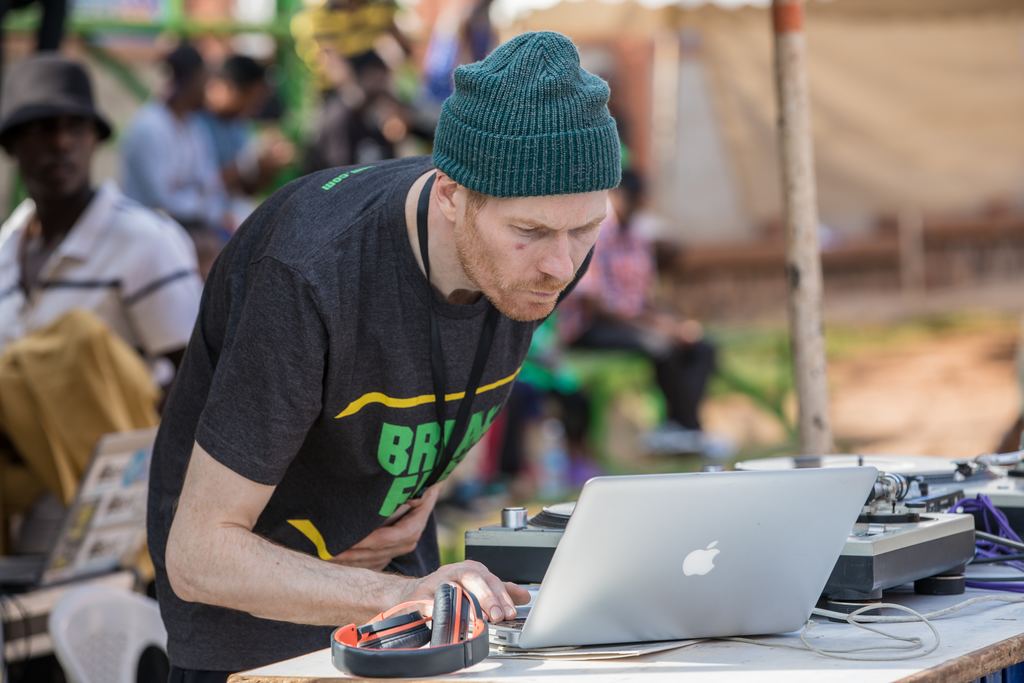
6 Tips for Organizing Your DJ Music Library
Back when I was DJing with vinyl, I packed my record box for the gig and those 100 or so records was all I had for the night. There was always the risk of leaving a couple of great tunes at home, but in return, I could keep mental track of most of the records in my box and quickly sift through all of them if I needed to.
Digital DJing is different. You get to carry all your music with you, but in return, finding that tune to put on next suddenly becomes much harder. It’s clearly not an option to go through hundreds of tracks in the browser, and this is where you need a good system for organizing your digital music files.
Here are a few tips to get you started.
Clean up your ID tags. Things like song name, artist, album and album art go without saying. Filling out the genre for each track is also important, as it will allow you to build customized playlists based on track genres. And if you’re into mixing harmonically, put the track’s Camelot key both in the comments and the key field for most flexibility.
Always include import date. It’s common for vinyl DJs to put their latest purchases in front of the record box. That way, you have your latest and greatest tunes right in front of you, and you keep the familiar order of the records behind them. Make sure you include the MP3 import date in your program’s sortable columns to be able to achieve the same.
Use rating for energy level. Don’t use the star rating to rate how much you like a particular tune. What’s the use of an awesome R&B track if you’re playing a trance set? Instead, assign stars to tracks based on their energy level. 1 for softer warm-up tracks, 3 for the normal mid-set vibe and 5 for those banging peak-time tunes.
Comments for record feel. Use the comments field to add notes on how a particular record feels, on the tune’s most distinctive element, or even include a line or two from the lyrics. Anything that will help you remember how the tune actually sounds.
Become a Smart playlist pro. Smart playlists is a killer iTunes feature that allows you to create playlists based on any number of different criteria. For example, all funky house songs with a 4 to 5 rating purchased within the last month. Or all trance tunes released from 1999 to 2001. Properly constructed smart playlists become extremely useful “views” into your music library that allow you to quickly find the right track.
Maintain your “Record box” playlist. That’s the playlist where you have the 100-150 tracks that you are most likely to play in a set. I like to keep mine sorted by track import date and refresh it from time to time with the new tunes that I buy. Your “Record box” playlist will be the pool where you draw most of the tracks that you play from, just like the real box packed with vinyls that I used to carry around.
Here’s to being organized!
How do you go about organizing your music collection? Do you use iTunes or your DJ software for this? Spill the beans in the comment section below.
About the Author JM
JM has played open-air gigs, shared the stage with the likes of ATB and had mix albums released commercially. He has been teaching DJing since 2008.
Session expired
Please log in again. The login page will open in a new tab. After logging in you can close it and return to this page.

